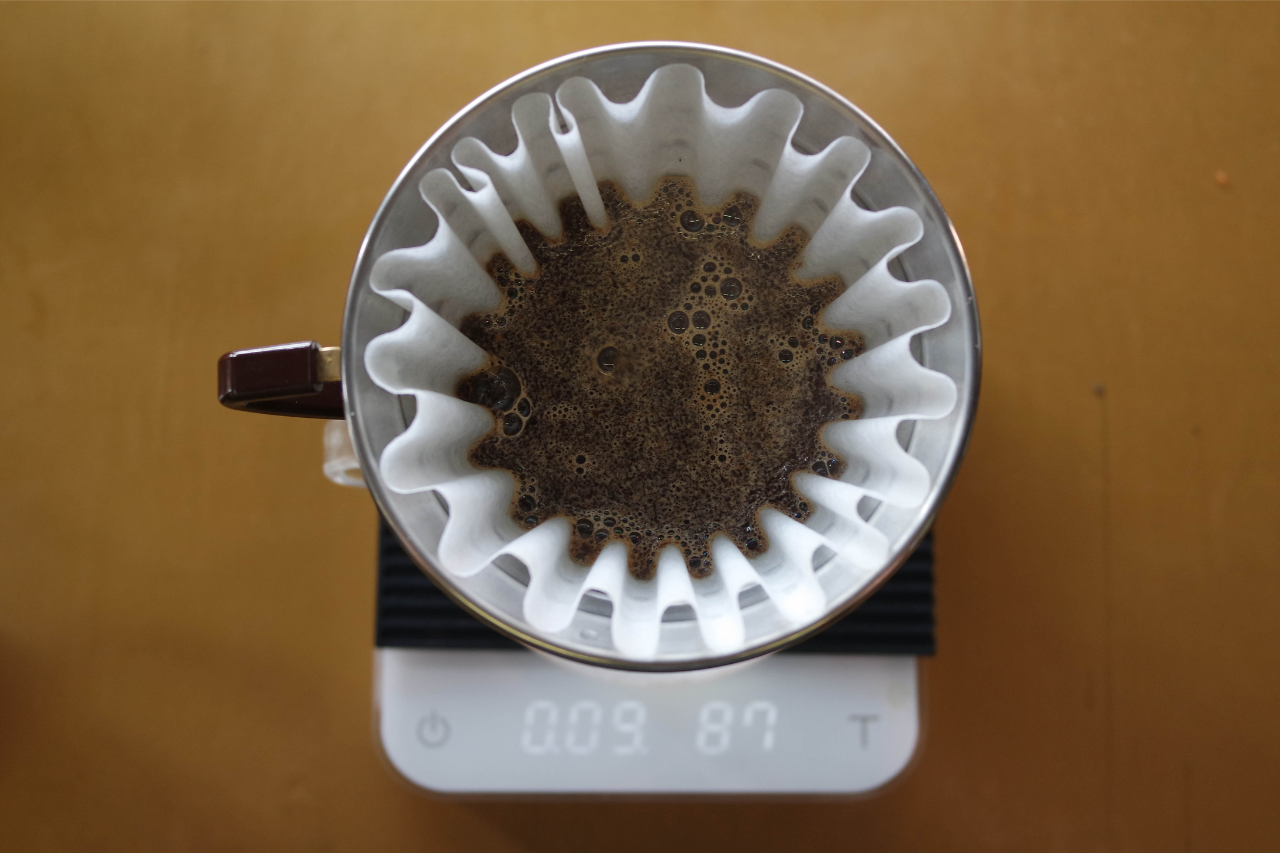
The Science of Slobber: What Your Dog’s Licks Really Mean

Share:
As a devoted dog lover, few things in life compare to the joyous welcome of our furry companions, eagerly wagging their tails and showering us with affectionate licks upon our return home. Indeed, the ritual of being greeted by slobbery kisses is not just a mundane occurrence but a cherished moment that speaks volumes about the profound bond shared between humans and dogs. Let’s delve into the intricate world of dog licking, guided by a deep love and appreciation for the unwavering loyalty, companionship, and unconditional affection that dogs bring into our lives.
Understanding Dog Licks: Anatomy and Mechanics
The Composition of Dog Saliva
Exploring the Ingredients: What Makes Up Dog Saliva?
Dog saliva, an intricate blend of enzymes, proteins, and antimicrobial agents, serves as more than just a means of lubrication; it’s a complex fluid with multifaceted functions deeply rooted in canine physiology.
Comparing to Human Saliva: Similarities and Differences
While human and canine saliva share some commonalities in their basic composition, such as water and enzymes, the unique components found in dog saliva, including lysozyme and lactoferrin, confer distinct properties crucial for oral health and communication.
How Dogs Lick
The Art of Licking: Mechanisms and Techniques
Dogs employ a combination of muscular movements and specialized tongue structures, including papillae and lingual glands, to execute their licking behavior with remarkable precision and efficiency.
Lick Patterns: Frequency, Duration, and Variations
From quick, fleeting licks to prolonged, methodical sessions, the frequency and duration of licking can vary widely among individual dogs and contexts, reflecting a nuanced interplay of physiological, social, and emotional factors.
Evolutionary Insights into Licking Behavior
Canine Ancestry and Pack Dynamics
Tracing Back: Licking in Wild Canine Packs
In the wild, licking serves as a fundamental form of communication and social bonding among pack members, playing a crucial role in reinforcing hierarchies, resolving conflicts, and fostering group cohesion.
Communication Through Licking: Its Significance
Beyond mere grooming or hygiene, licking in wild canines serves as a sophisticated means of conveying a range of messages, from affection and submission to reassurance and affiliation, within the intricate social fabric of the pack.

Licking in Domesticated Dogs
Adaptations Over Time: Changes in Licking Behavior
With the transition from wild ancestors to domesticated companions, the function and significance of licking behavior in dogs have evolved, shaped by selective pressures, human influence, and the dynamics of the human-canine bond.
The Role of Licking in the Human-Dog Bond
In the context of domestication, licking takes on new meanings, serving as a potent expression of affection, trust, and emotional connection between dogs and their human counterparts, deepening the bonds of companionship and mutual understanding.
The Psychology Behind Dog Licking
Affection and Bonding
Love Languages: Understanding Affectionate Licking
For dogs, licking is far more than a mere instinctual behavior; it’s a powerful means of expressing love, devotion, and attachment to their human companions, fostering a sense of intimacy and emotional closeness that transcends words.
Strengthening Bonds: How Licking Enhances Relationships
Through the exchange of slobbery kisses and tender licks, dogs forge enduring bonds with their owners, reinforcing trust, reducing stress, and promoting feelings of security and well-being within the human-canine dyad.
Stress Relief and Communication
The Comfort of Licking: Stress-Reducing Effects
In times of distress or anxiety, dogs often turn to licking as a self-soothing mechanism, engaging in repetitive, rhythmic licking patterns to alleviate tension, regulate emotions, and promote a sense of calm and relaxation.
Speaking Without Words: Licking as a Form of Communication
In addition to its role in emotional bonding, licking serves as a non-verbal means of communication for dogs, conveying a wealth of information about their mood, intentions, and social status through variations in intensity, duration, and context.
Deciphering Your Dog’s Licks
Different Types of Licks
Gentle vs. Vigorous: Interpreting Intensity
From gentle, affectionate licks to exuberant, enthusiastic slurps, the intensity of a dog’s licking behavior can provide valuable insights into their emotional state, ranging from affection and contentment to excitement or anxiety.
Context Matters: Licks Combined with Other Behaviors
By observing the context in which licking occurs, such as the presence of specific stimuli or accompanying body language, dog owners can better interpret the underlying motivations and intentions behind their canine companion’s licking behavior.
Reading Body Language Alongside Licking
Eye Contact and Tail Wagging: Clues to Understand
In conjunction with licking, subtle cues such as eye contact, tail wagging, and body posture can offer valuable clues about a dog’s mood, desires, and intentions, allowing for more accurate interpretation and communication between dogs and their human counterparts.
Vocalizations and Licking: What They Reveal
In some instances, dogs may vocalize while licking, using whines, barks, or growls to augment their communicative signals and convey additional information about their needs, preferences, or emotional state to attentive listeners.
Health Implications of Dog Licking
Oral Health and Hygiene
Benefits and Risks: Impact on Oral Health
While occasional licking can contribute to oral hygiene by removing food debris and promoting salivary flow, excessive licking may exacerbate dental issues, such as tartar buildup or gum inflammation, if left unchecked.
Dental Care: Preventive Measures
To maintain optimal oral health in dogs, preventive measures such as regular dental check-ups, tooth brushing, and providing appropriate chew toys or dental treats can help minimize the risk of dental disease and promote overall well-being.

Disease Transmission
Common Diseases Transmitted: Understanding the Risks
While the risk of disease transmission through dog licking is relatively low, certain pathogens present in canine saliva, such as bacteria, viruses, or parasites, can pose potential health risks to humans, particularly those with compromised immune systems or open wounds.
Minimizing Transmission: Hygiene Practices
By practicing good hygiene habits, such as washing hands thoroughly after handling dogs or avoiding direct contact with saliva around mucous membranes or broken skin, pet owners can minimize the risk of vector-borne illnesses and promote a safer environment for themselves and their furry companions.
Licking Behavior Across Breeds
Breed-Specific Traits
Variations in Licking Frequency
Across different breeds, variations in licking frequency may be influenced by factors such as breed history, temperament, and individual preferences, highlighting the diverse ways in which dogs express themselves and interact with their environment.
Cultural and Genetic Influences
Cultural attitudes and genetic predispositions can also shape licking behavior in dogs, with certain breeds exhibiting distinct preferences or tendencies based on their ancestral heritage or selective breeding for specific traits or purposes.
Training and Modifying Licking Behavior
Positive Reinforcement Techniques
Through positive reinforcement training methods, dog owners can encourage desirable licking behaviors while discouraging unwanted habits, using rewards, praise, and redirection to shape their dog’s behavior in a constructive and mutually beneficial manner.
Redirecting Unwanted Licking Behaviors
When faced with excessive or problematic licking behaviors, dog owners can employ various strategies, such as providing alternative outlets for licking, implementing boundaries or cues, and seeking professional guidance when necessary, to address underlying causes and promote behavioral balance.
FAQs About Dog Licking
Is It Safe to Let My Dog Lick My Face?
Weighing the Risks and Benefits
While facial licking from dogs can be a sign of affection and social bonding, it’s essential for pet owners to consider the potential health risks associated with close contact, such as the transmission of bacteria, parasites, or zoonotic diseases.
Establishing Boundaries
To maintain a healthy and respectful relationship with their dogs, pet owners can establish clear boundaries regarding face licking, using positive reinforcement training techniques and gentle redirection to communicate their preferences and expectations effectively.
How Can I Discourage Excessive Licking?
Strategies for Managing Overzealous Licking
If your dog’s licking behavior becomes excessive or bothersome, there are several strategies you can try, including providing mental and physical stimulation, addressing underlying stress or anxiety, and implementing training exercises to redirect their focus onto more appropriate activities.
Seeking Professional Help When Needed
For persistent or problematic licking behaviors that cannot be addressed through self-management techniques, it’s important to seek guidance from a qualified veterinarian or animal behaviorist who can conduct a thorough assessment and develop a customized treatment plan based on your dog’s individual needs and circumstances.
Case Studies: Real-Life Scenarios
Heartwarming Experiences of Dog Owners
Tales of Comfort and Companionship
From offering solace during difficult times to celebrating life’s everyday joys, the stories of dog owners and their faithful companions are filled with countless examples of the profound impact that licking behavior can have on human well-being and emotional resilience.
Challenges and Solutions for Problematic Licking
Despite the many benefits of dog licking, some owners may encounter challenges related to excessive or inappropriate licking behaviors, which can disrupt household harmony and negatively impact the human-dog bond. By sharing experiences and seeking support from fellow pet owners and professionals, individuals can find effective solutions and navigate these challenges with compassion and understanding.
Insights from Experts
Veterinarians’ Perspectives on Licking Behavior
As trusted advocates for animal health and welfare, veterinarians play a crucial role in helping pet owners understand and address their dog’s licking behavior, offering valuable insights, practical advice, and evidence-based interventions to promote behavioral wellness and enhance the quality of life for both pets and their human companions.
Behavioral Experts’ Tips for Understanding and Addressing Licking
Drawing on their expertise in animal behavior and psychology, behavioral experts provide practical tips and strategies for interpreting and managing dog licking behaviors effectively, empowering pet owners with the knowledge and skills they need to foster harmonious relationships with their canine companions while promoting their overall well-being and happiness.
Conclusion
Recap of Key Points
From the evolutionary origins of dog licking to its multifaceted role in human-canine relationships, we’ve explored the fascinating science behind this ubiquitous behavior, shedding light on its anatomical, physiological, psychological, and social dimensions.
Celebrating the Complexity of Dog Licking
Far from being a mere reflex or instinctual response, dog licking is a rich and nuanced form of communication, expression, and connection that reflects the depth of the bond shared between dogs and their human counterparts, enriching our lives in ways both profound and meaningful.
Encouragement for Further Observation and Understanding
As we continue our journey alongside our beloved canine companions, let us remain curious, compassionate, and attentive observers of their behavior, recognizing the importance of ongoing observation, understanding, and communication in nurturing our relationships and fostering mutual trust, respect, and companionship for years to come.
Most Popular


What is Coffee Bloom and why does it happen?

Business Insurance Essentials: Stay Covered





